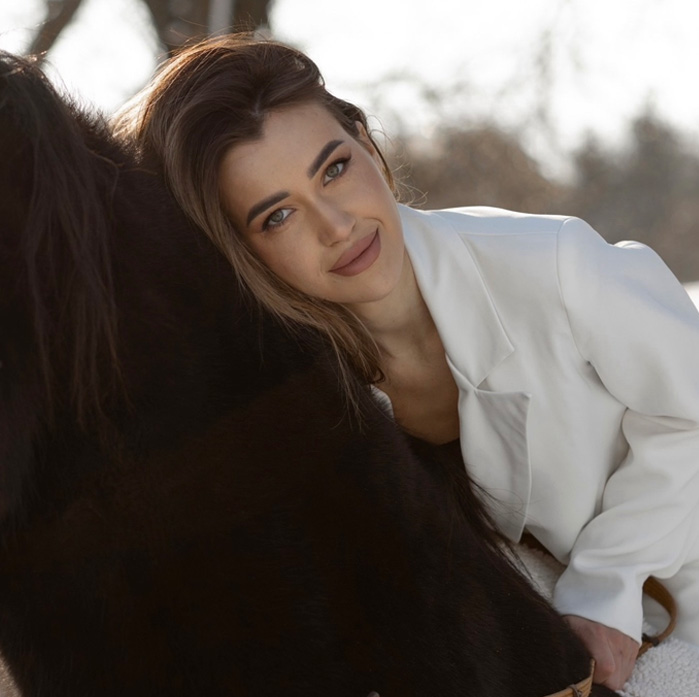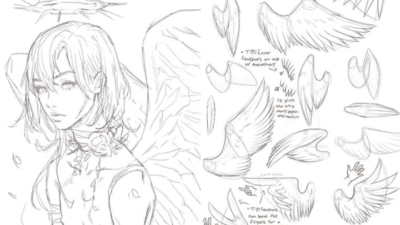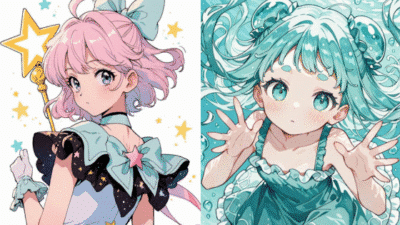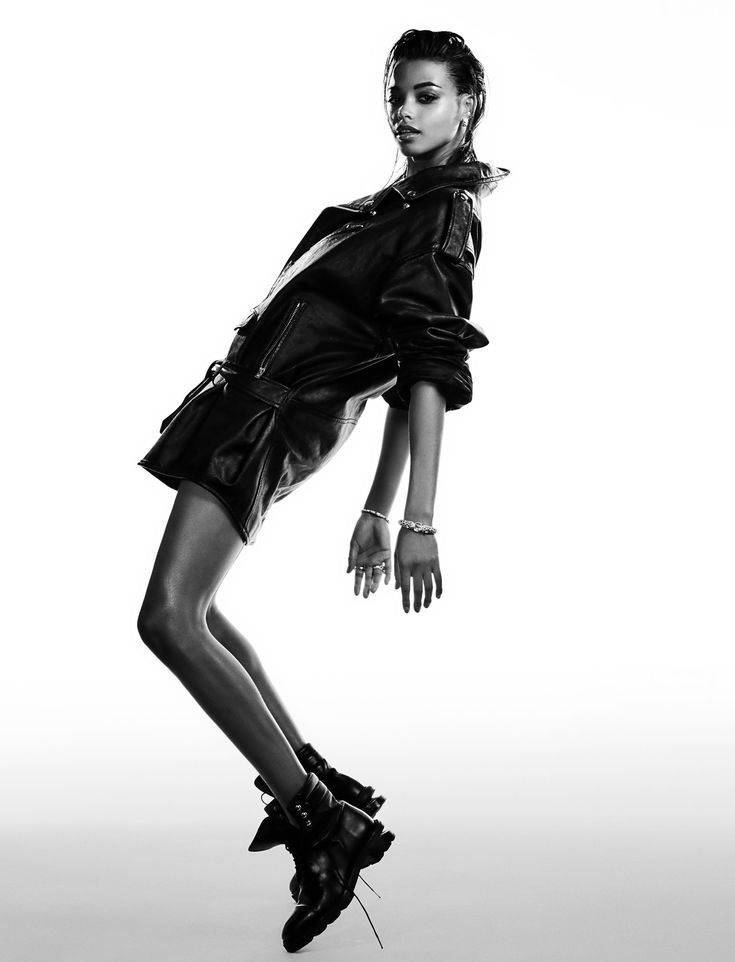
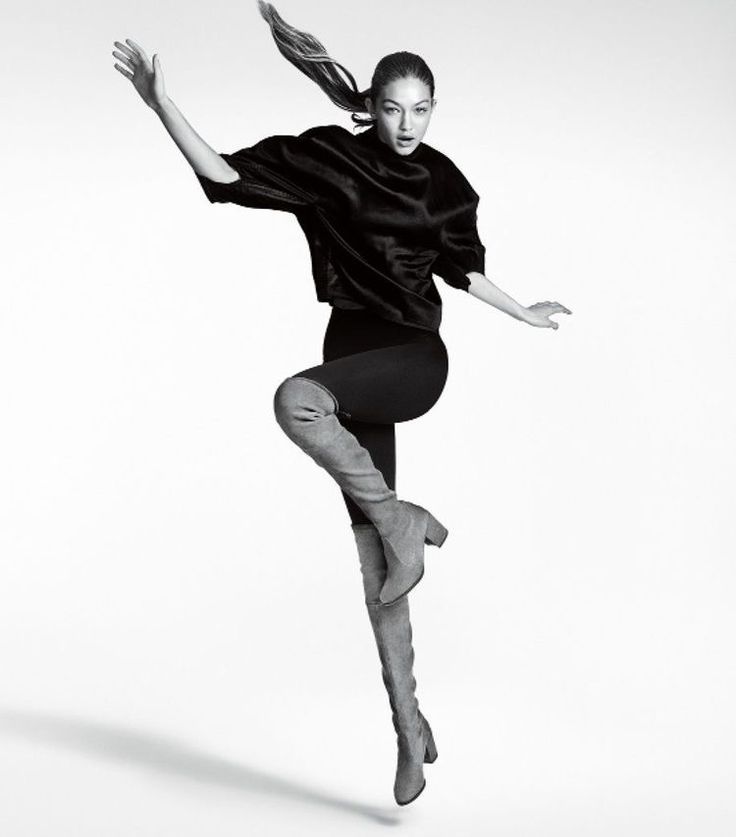
Jumping poses capture a moment of energy and movement that can be both exciting and challenging to draw or reference. To create realistic jumping poses, it is important to understand how the body moves and how different parts interact during a jump. This knowledge helps artists, animators, and designers create dynamic and believable poses.
Different types of jumps show varied body positions and muscle use, from a simple leap to a high jump or a flip. Using good references, whether photos or videos, allows one to study these movements closely. This makes it easier to capture the action and avoid common mistakes like awkward angles or stiff limbs.
Studying jumping poses can improve skills in many areas of visual media, including drawing, animation, and character design. When done right, these poses add life and excitement to any work.
Key Takeaways
- Realistic jumping poses show how the body moves in action.
- Different jump types require different body positions.
- Good references help avoid common drawing errors.
Understanding Jumping Poses
Jumping poses show a figure in mid-air, caught between takeoff and landing. They highlight body movement, balance, and energy. To create realistic jumping poses, an artist must grasp how the body shifts weight and responds to force.
Definition and Characteristics
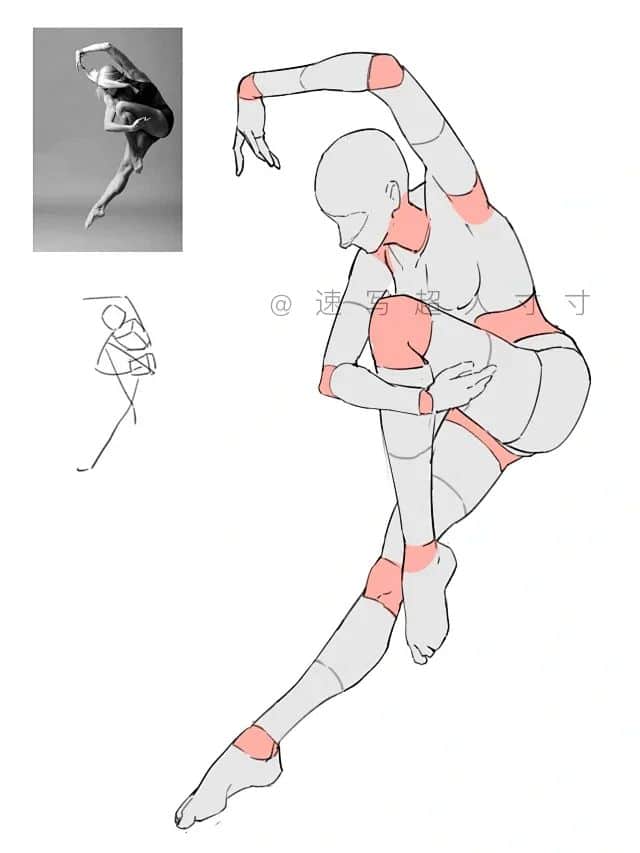

A jumping pose captures a person or character rising off the ground or coming down. It often shows bent knees, extended arms, and a lifted chest. The body is usually stretched or crouched to show energy.
Key features include:
- Weightlessness: The subject appears briefly weightless.
- Body angles: Limbs bend or stretch to show motion.
- Dynamic posture: The pose is not static or stiff.
These traits help convey action and height, making the pose look natural and believable.
Importance in Art and Animation
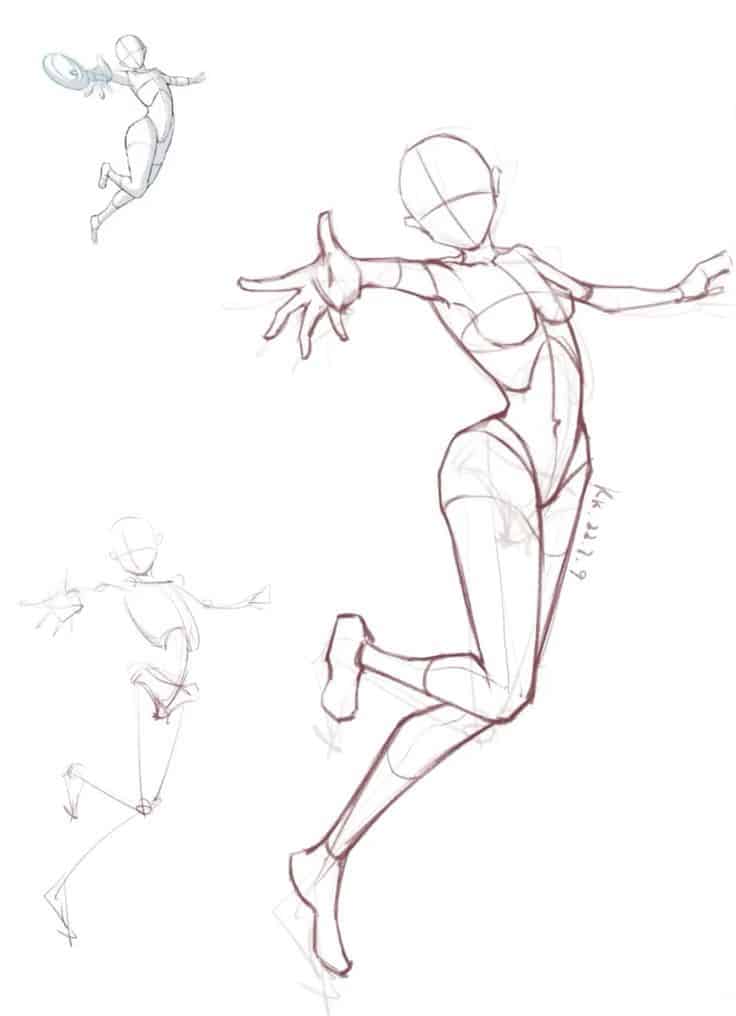
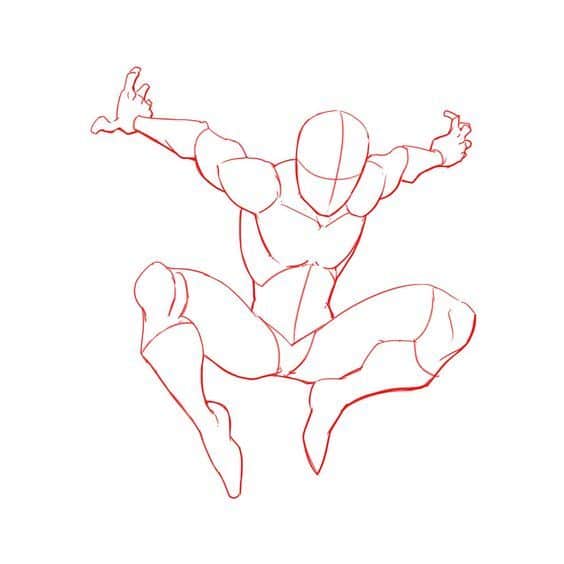
Jumping poses bring life to drawings and animations. They add excitement by showing a character in motion.
Artists use these poses to:
- Express power, speed, or emotion.
- Show clear movement between frames.
- Capture energy in a single image.
In animation, jumping poses help guide smooth transitions and explain a character’s actions. Without them, motion can seem stiff or unclear.
Core Principles of Motion

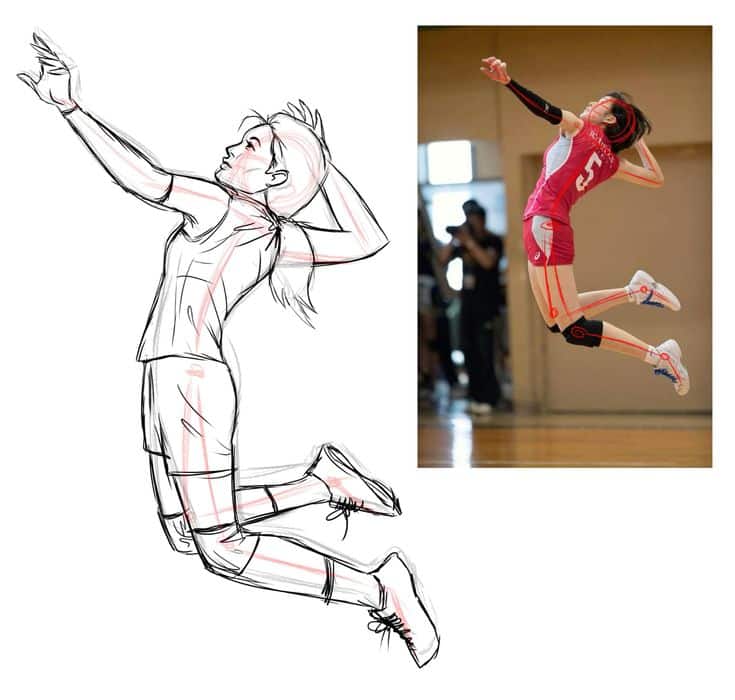
Creating a jumping pose relies on understanding physics and anatomy. The pose must reflect:
- Momentum: The body moves up and then down due to force and gravity.
- Balance: Limbs must adjust to keep the center of gravity aligned.
- Timing: The body position changes as the jump progresses.
Artists often study real jumps to see how muscles tighten and relax. This helps make poses believable, showing correct motion and effort.
Types of Jumping Poses
Jumping poses vary widely depending on the energy, purpose, and style of the movement. Some focus on power and impact, while others highlight grace or creativity in mid-air. Different jumps capture unique moments and emotions.
Action-Oriented Jumps
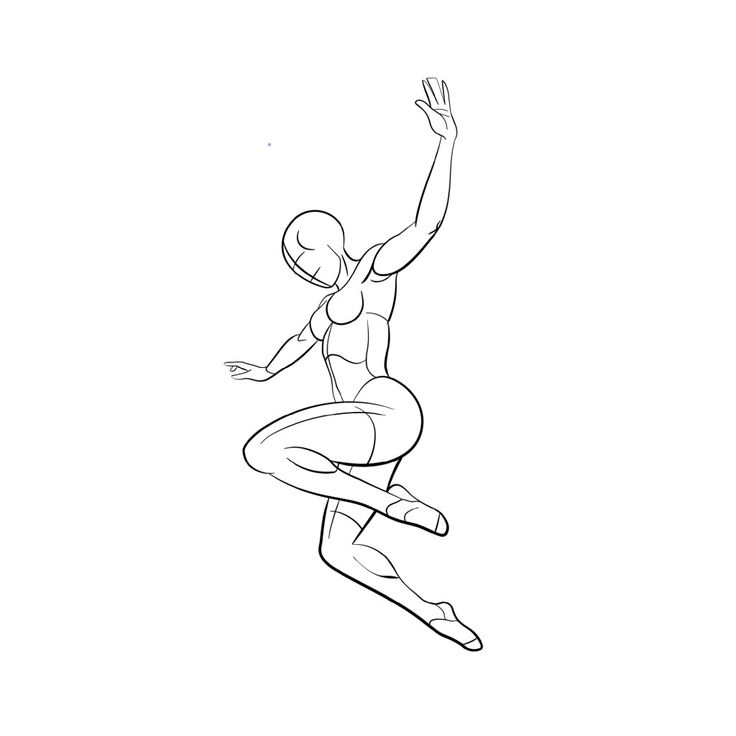
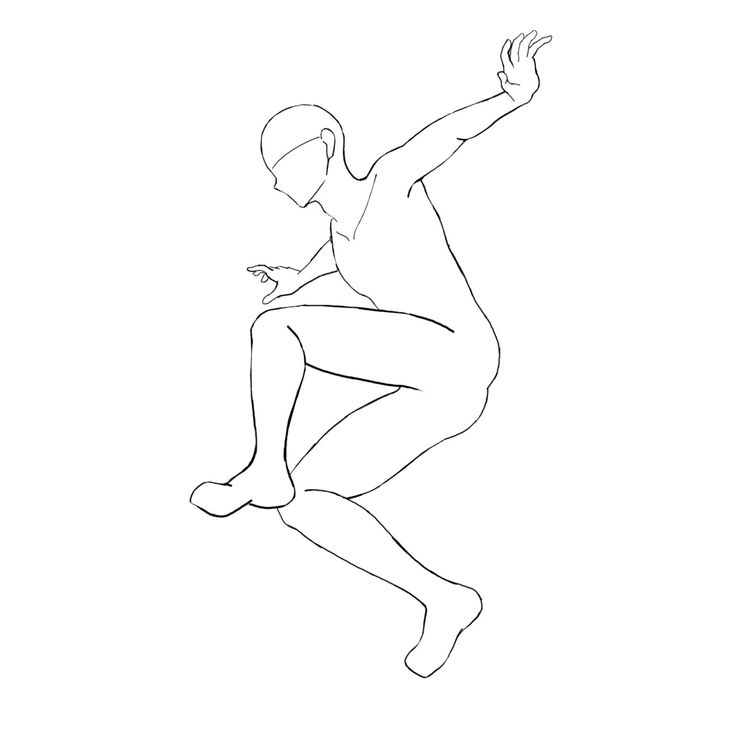
Action-oriented jumps emphasize strength and momentum. They show moments of high energy, such as a character leaping to attack or evade. These poses often include bent knees, tight fists, and a forward or upward body angle.
The emphasis is on tension in muscles and clear direction. The limbs are usually positioned to suggest speed and purpose. Examples include a fighter’s jump kick or a superhero launching from the ground.
Dynamic Leaps
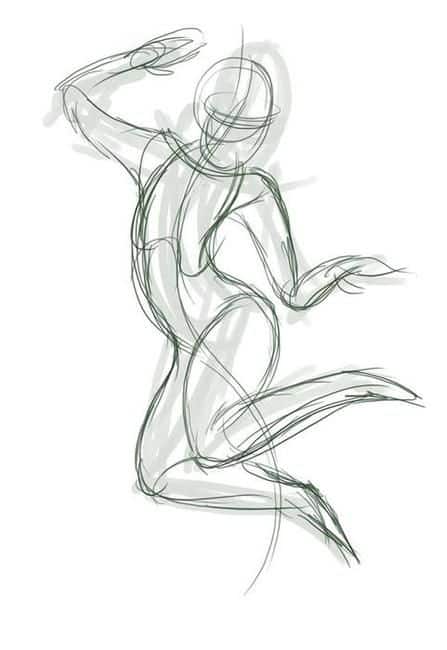

Dynamic leaps focus on fluid, sweeping motions. They capture the height and length of a jump, showing grace and power combined. The body is often fully extended, with arms and legs stretched out to convey motion.
These poses highlight airborne balance and control. The jump might look like a dancer’s grand jeté or an athlete’s long jump. Lighting and shadows play a big role in showing the smooth curve of the movement.
Stylized Movement

Stylized movement uses exaggeration to add flair or emotion. This style bends the rules of anatomy or physics for artistic effect. Characters might bend their bodies unusually or stretch limbs beyond normal limits.
Such poses fit cartoons, comics, or fantasy art. They focus more on expression than realism. For example, a character might leap with an oversized, flowing cape or stretch out as if flying through the air.
Anatomy and Body Mechanics
Jumping involves precise control of balance, limb movements, and body shapes. Understanding how the body works during a jump helps improve the quality of poses and makes them look natural.
Balance and Center of Gravity
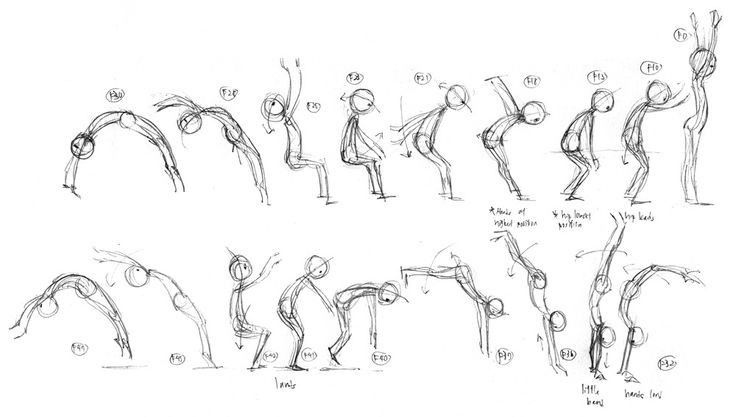
The center of gravity shifts during a jump to keep balance in midair. It usually lies near the pelvis or lower abdomen. When jumping, the body must align this point properly to stay stable.
A jumper leans slightly forward or backward to adjust their center of gravity. This tilt prevents them from falling or losing control. The arms and legs move to counterbalance the body’s motion.
Maintaining balance depends on controlling this center. Even small changes can affect the jump’s height and form. Artists must observe how weight shifts to create realistic poses.
Limb Placement and Extension
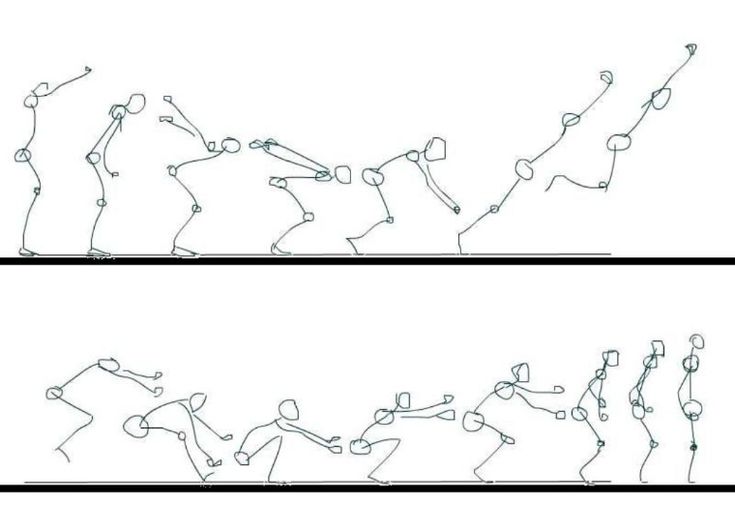
Limb placement changes the jump’s dynamics and appearance. The legs typically bend or extend to push off the ground or land softly.
Arms move upward or outward to aid balance and add style. Straight limbs give a sense of height and energy. Bent limbs suggest power or softness.
Extension length also affects silhouette and movement flow. Tight limbs show control; loose limbs indicate lightness or relaxation. Accurate limb angles bring life to jump poses.
Pose Silhouettes

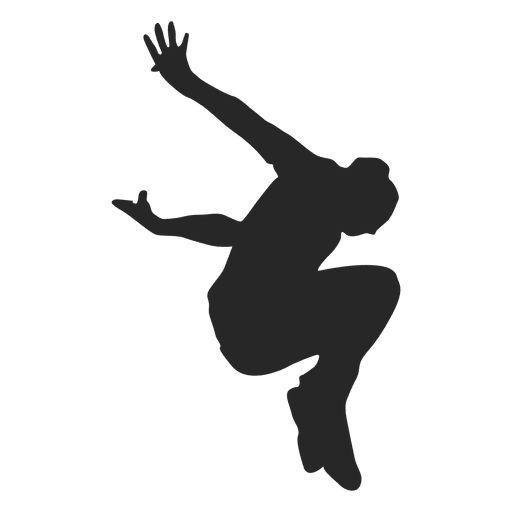
A jump’s silhouette is the body’s outline against the background. Clear and strong silhouettes make the pose easy to read and dynamic.
Common shapes include triangles, lines, and curves. For example, pointed toes and extended arms create sharp lines. Bent knees and folded arms form rounded shapes.
Silhouettes help express emotion or action. A wide, open silhouette feels energetic. A compact silhouette suggests tension or preparation.
Artists focus on creating clear shapes to communicate the jump’s intent without confusion.
Capturing Energy and Motion
Jumping poses show action and power. Achieving this requires clear lines, proper balance, and visual depth. Each element helps make the pose feel alive and believable.
Gesture Lines
Gesture lines show the main flow of the body’s movement. They are simple, curved lines that capture the pose’s rhythm. For jumping, the line often moves upward or arcs to show lift and direction.
The line should guide the eyes through the entire pose, emphasizing motion. Strong gestures avoid stiffness and help the figure look natural. They also simplify complex forms, making dynamic poses easier to understand.
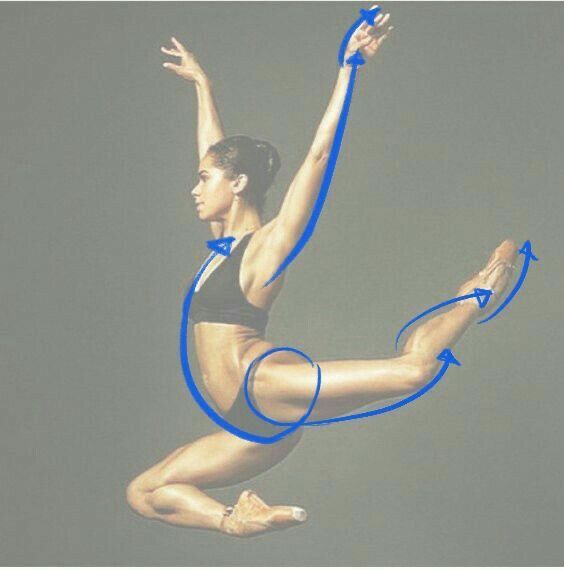

Weight Distribution
Weight distribution shows how forces act on the body during a jump. It matters where the weight shifts before, during, and after the leap. Usually, the body pushes off from one or both feet, so the legs carry strong force.
When airborne, weight feels lighter but should still align with body direction. The arms and torso balance the figure to avoid looking like it’s floating awkwardly. Correct weight helps the pose feel grounded, even in mid-air.
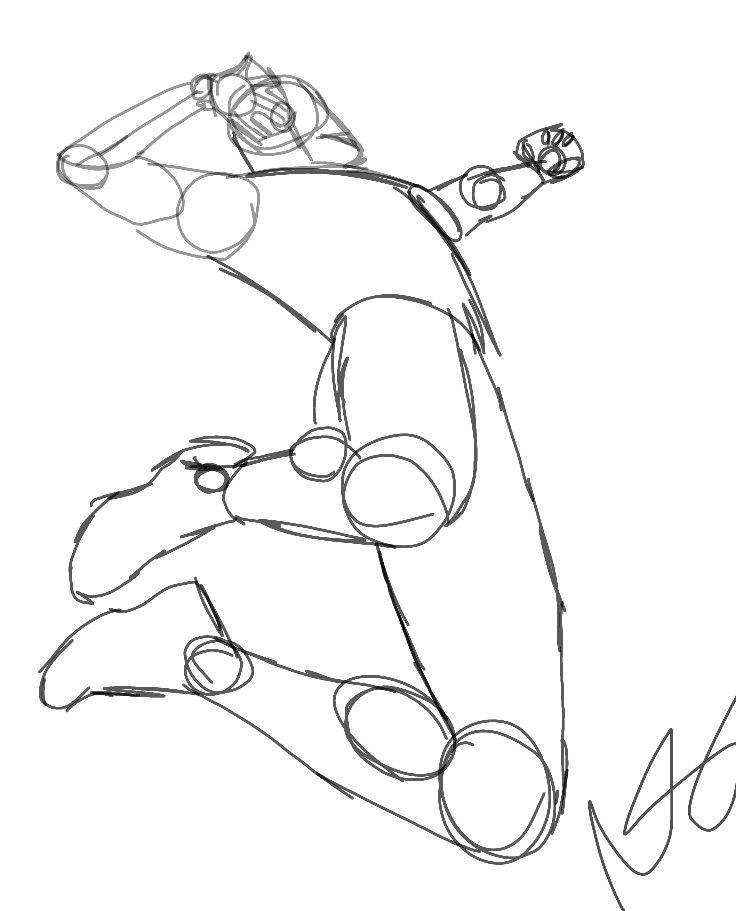

Foreshortening Techniques
Foreshortening creates depth by drawing parts of the body closer to the viewer larger than those farther away. It is crucial for jumping poses because limbs often point toward or away from the viewer.
To do this, the artist shortens the length of limbs along the line of sight. This can be tricky but adds realism and perspective. Using overlapping shapes and shading also helps show distance and volume correctly.
Reference Sources for Jumping Poses
Different tools and resources provide useful ways to study jumping poses. These include real photos, video sequences, and digital 3D models. Each offers different benefits depending on the artist’s needs.
Photo Reference Libraries


Photo reference libraries contain large collections of images showing people in various jumping positions. These photos are often taken by professionals or through sports photography. They capture real body movement, muscle tension, and natural posture.
Many libraries organize images by activity type, such as running jumps, dance jumps, or athletic leaps. Artists can zoom in on muscle details or body angles. Websites like Unsplash, Pexels, and paid sites like Shutterstock offer high-quality jumping pose photos.
Using photo libraries helps artists see exact body shapes and lighting. It also provides inspiration for dynamic compositions without needing to stage a live shoot.
Stock Motion Images
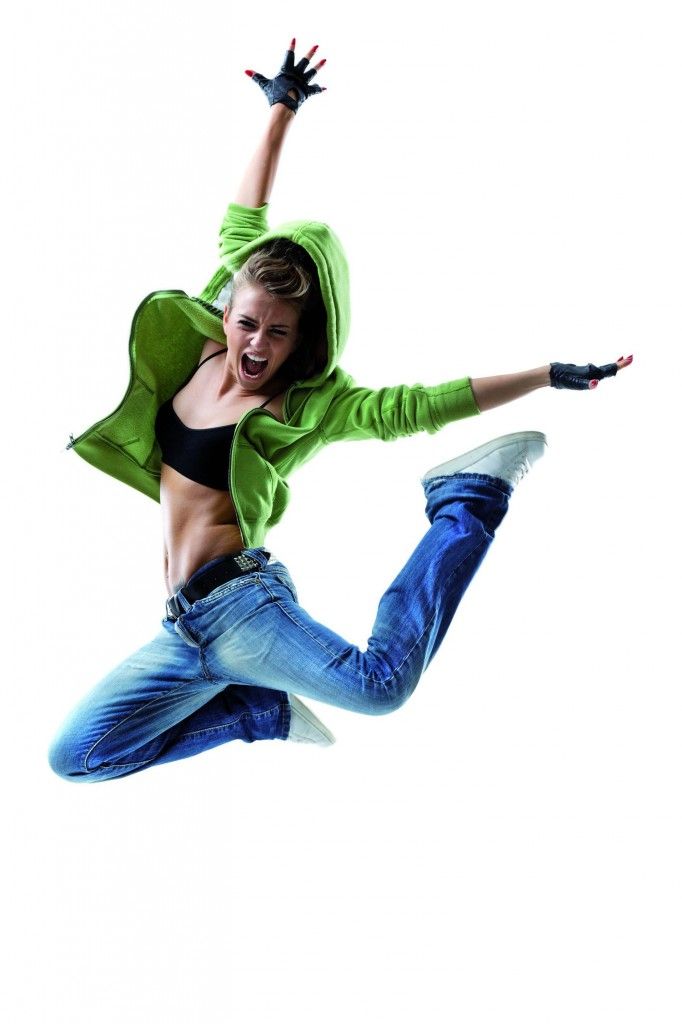

Stock motion images include video clips and GIFs of different jumps. These clips show movement frame by frame, allowing the study of transitions during takeoff, mid-air, and landing phases. This helps artists understand how weight shifts and balance change during a jump.
Sites like Videvo, Adobe Stock, and Getty Images supply many jumping action clips. Some clips have slowed down versions for closer study. Motion references can be especially useful for animators or illustrators working with sequences.
Video references provide a clearer idea of timing and energy in jumping. They also show the fluidity absent in still photos.
3D Pose Tools
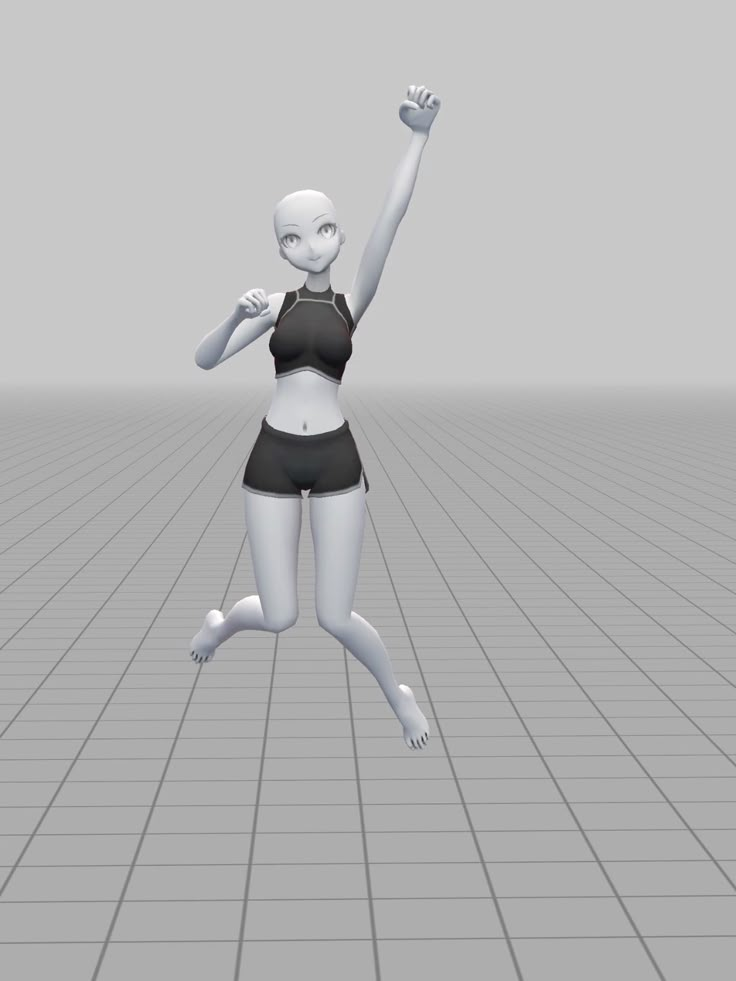
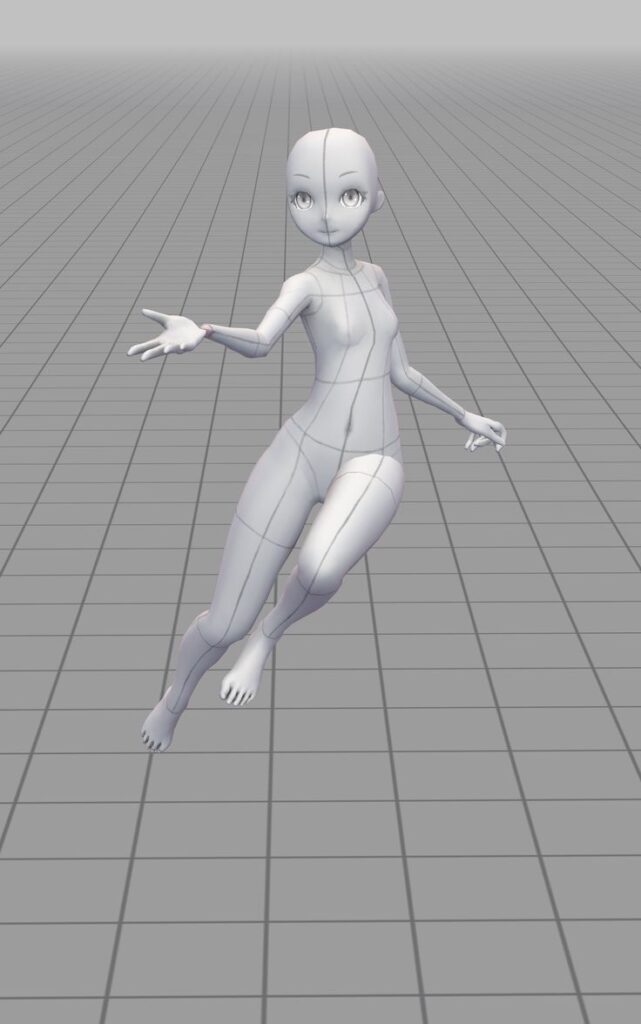
3D pose tools offer customizable digital models that can be posed in jumping positions. Programs like Poser, Daz Studio, and online apps such as Magic Poser give total control over character body angles and camera views.
3D models help artists practice anatomy and perspective. They make it easy to rotate views or adjust limbs for unique poses. Many tools include muscle and bone structure overlays for deeper study.
Such tools benefit artists who want precise control or cannot find exact real-world references. They can also export poses for further digital work or animation.
Drawing and Illustrating Jumping Poses
Capturing the energy and motion of jumping requires planning, structure, and detail. It starts with quick sketches, then precise guides help keep proportions correct. Finally, shading and texture add depth and make the figure look alive.
Thumbnail Sketching
Thumbnail sketches are small, rough drawings that capture the main action and pose quickly. They help artists explore different ideas without worrying about details. These sketches focus on the body’s movement and balance.
Artists use simple shapes for the head, torso, and limbs to block out the pose. This method makes it easier to adjust angles and proportions early. The goal is to find the right dynamic pose before moving to detailed work.
Thumbnail sketches save time by preventing errors in the final drawing. They keep the artist focused on the overall motion and avoid getting stuck on small parts too soon.
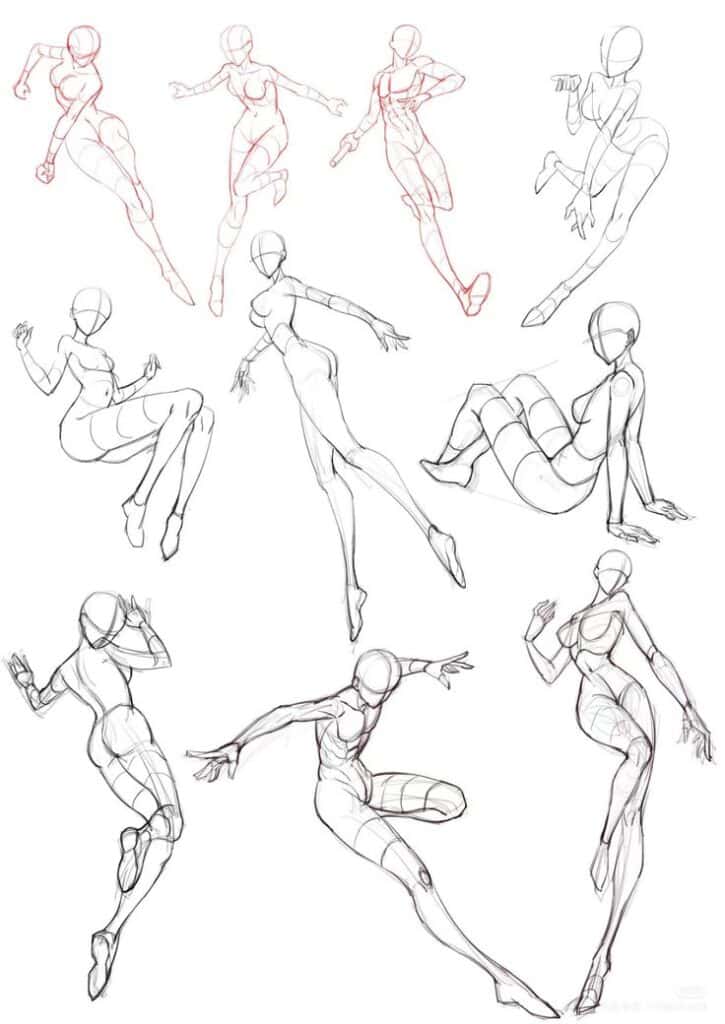

Using Grids and Guides
Grids and guides help maintain correct proportions and perspective in jumping poses. A grid divides the drawing area into sections, so body parts stay aligned and scaled properly. This is especially useful in complex poses.
Guides act as lines to show angles of limbs and body direction. They highlight how the limbs stretch and bend during a jump. Artists often use a centerline to keep the figure balanced.
Using grids and guides together aids consistency, whether drawing from imagination or reference photos. They also help artists place shadows and highlights in the right spots to match the form.
Shading and Texturing

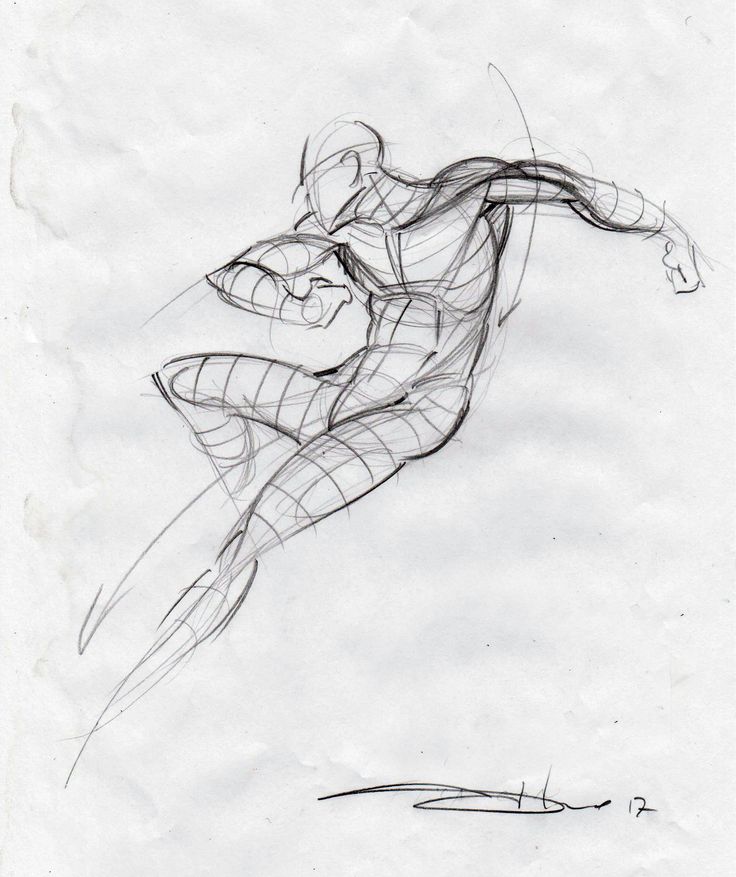
Shading adds volume and depth to a jumping figure by showing light and shadow. The artist decides where the light source is, then darkens areas that are blocked from the light. This shows how muscles stretch or contract during a jump.
Texturing brings out details like clothing folds, hair movement, or skin texture. Adding texture makes the figure feel more realistic and dynamic. It also emphasizes motion, such as wrinkles in clothing caused by the body’s movement.
Careful shading and texturing give the drawing a three-dimensional look. They help the viewer understand the form and strain of the jump clearly.
Common Mistakes to Avoid
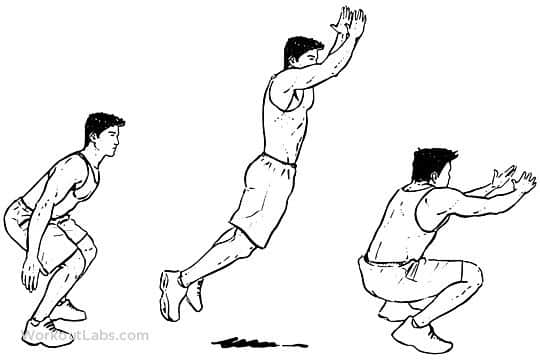
Many people forget to study the body’s natural movement when jumping. This leads to stiff poses that look unnatural. They should focus on how muscles stretch and contract during a jump.
Another common issue is ignoring reference images. Without them, the poses often lack accuracy in posture and balance. Using photos or videos as references helps capture realistic motion.
Some artists put the arms and legs in awkward positions. This can make the jump look unbalanced or strange. It is important to check how limbs move and align during the action.
Rushing the drawing process is also a frequent error. Skipping rough sketches means missing important details. Taking time to plan shapes and angles creates better results.
Lastly, many fail to show the shift in weight. A proper jump pose shows tension in muscles and movement in the body’s core. Showing this shift adds life and energy to the drawing.
Summary of mistakes:
| Mistake | Why It Matters |
|---|---|
| Ignoring natural movement | Makes pose look stiff or fake |
| Not using references | Leads to inaccurate posture |
| Awkward limb placement | Destroys balance and flow |
| Skipping rough sketches | Misses important details |
| Missing weight shifts | Makes pose feel static or dull |
Applications in Visual Media
Jumping poses add energy and motion, helping artists show action clearly. Using accurate references, creators improve character movement and expression in various media forms.
Character Design
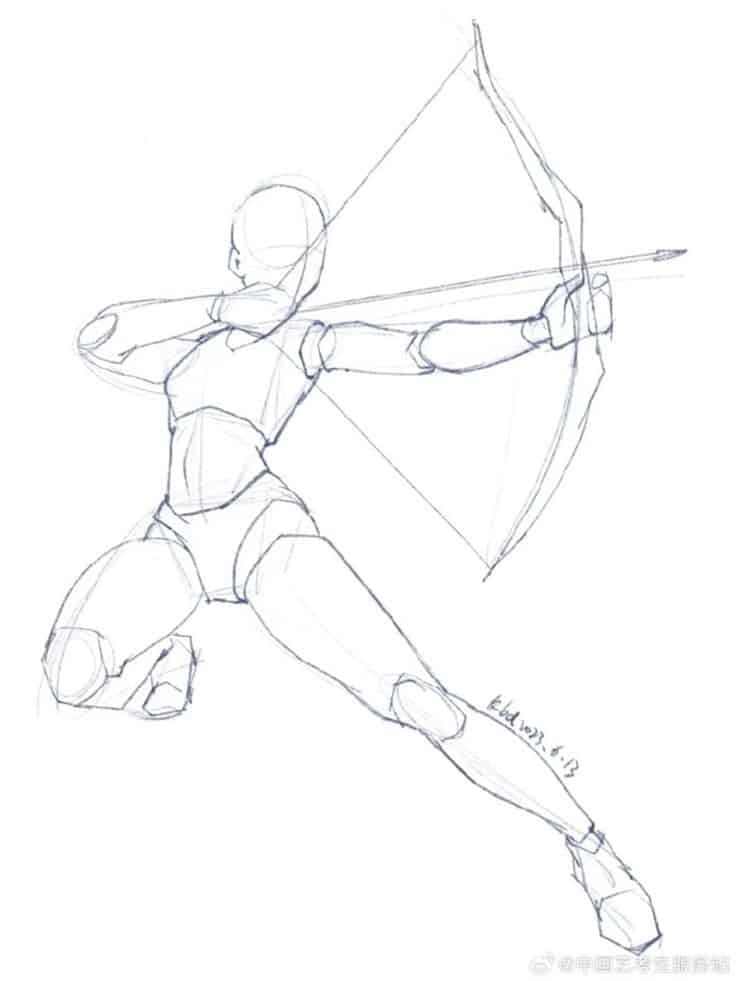
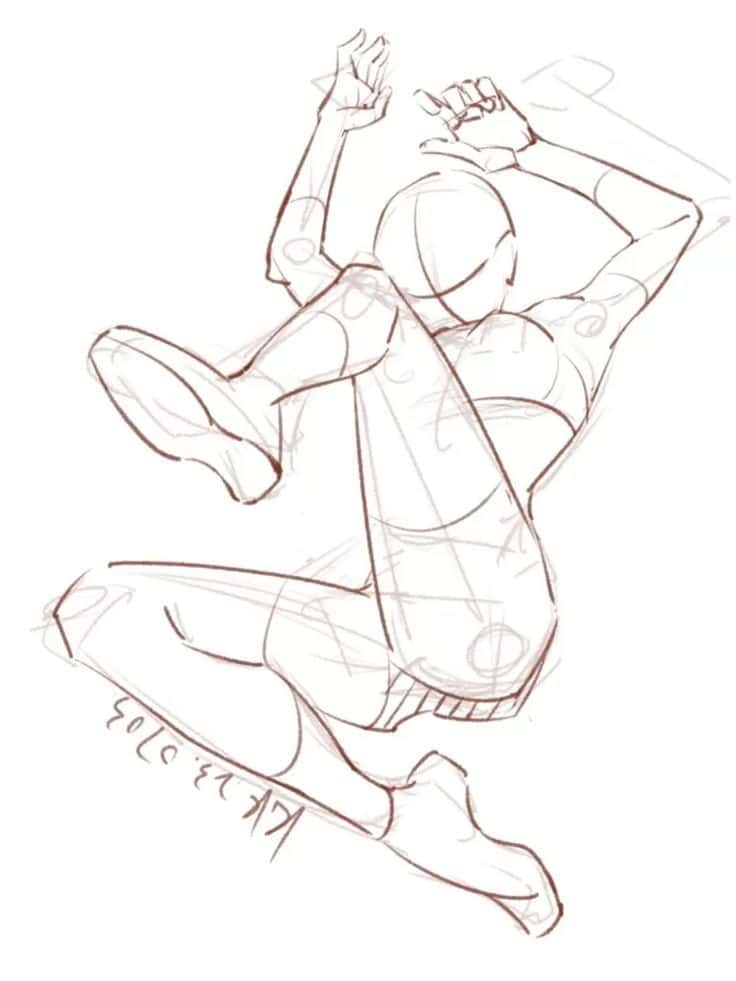
Jumping poses help define a character’s personality and physical ability. Designers use these poses to show speed, strength, or agility. For example, a high, powerful jump can indicate athletic skill, while a quick, light jump might suggest nimbleness or playfulness.
Artists focus on body balance, limb positioning, and weight distribution. These details make the character feel believable in motion. Different jump types—like vertical leaps or long bounds—shape how the character looks in action.
Strong jumping poses also guide costume and accessory design. Flowing clothes or loose items can react naturally to jumps, enhancing the sense of movement.
Storyboard Illustration
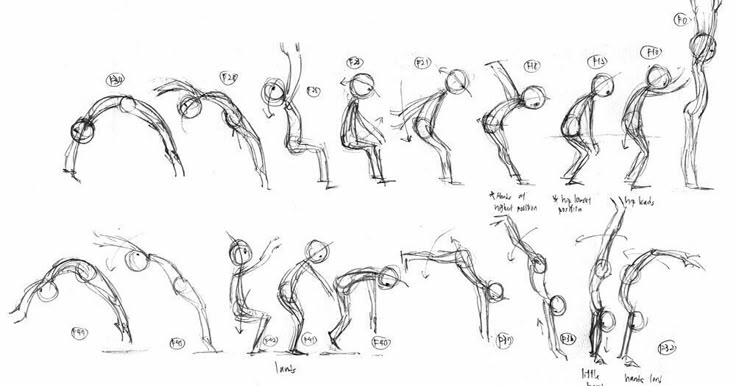
Storyboard artists use jumping poses to manage pacing and direction. Each jump conveys forward motion or sudden action breaks. This helps viewers follow the story smoothly.
Key poses in a jump—takeoff, mid-air, and landing—are sketched to plan scenes. This shows how space is used and how characters interact with the environment.
Accurate timing of jumps through pose sequences ensures clear storytelling. It avoids confusion about when and how actions happen on screen. Clarity in jumps also supports dialogue and sound effects timing.
Comics and Graphic Novels
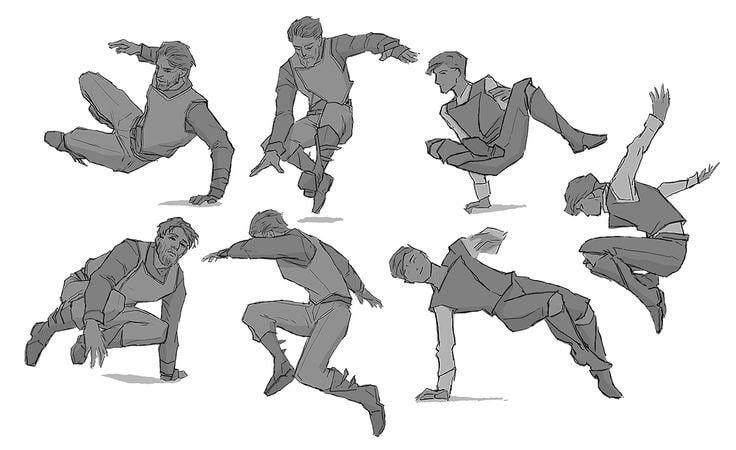
Jumping poses in comics add excitement and drama to scenes. Artists rely on exaggeration and dynamic angles to emphasize power or speed.
Panel layouts often use diagonal or tilted frames to highlight jumps. This breaks the grid and creates a feeling of motion. Jump poses also guide reader focus across the page.
Using consistent references keeps character proportions steady during action. This maintains readability and helps avoid awkward or stiff images. Comic creators balance realism and stylization to fit their story tone.
Inspiration and Practice Resources
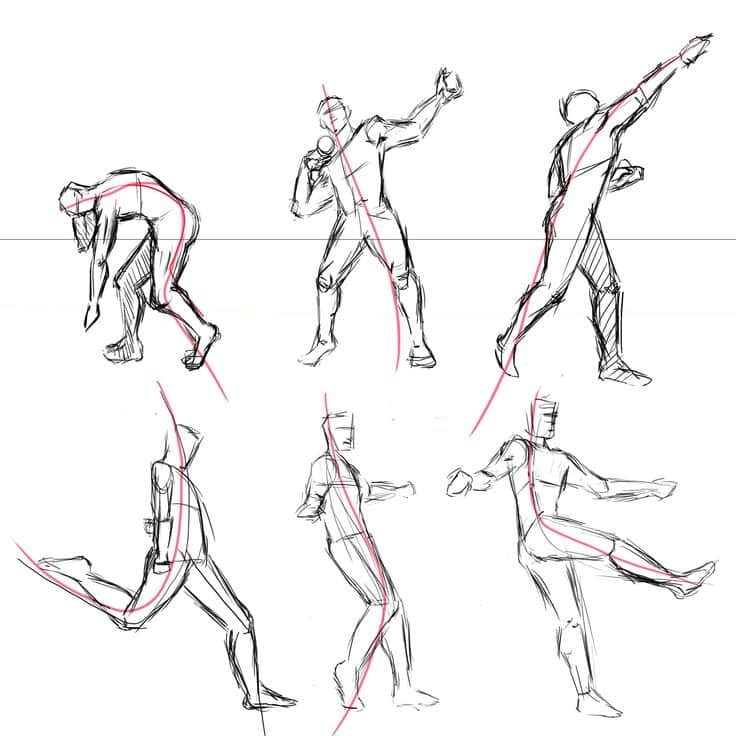
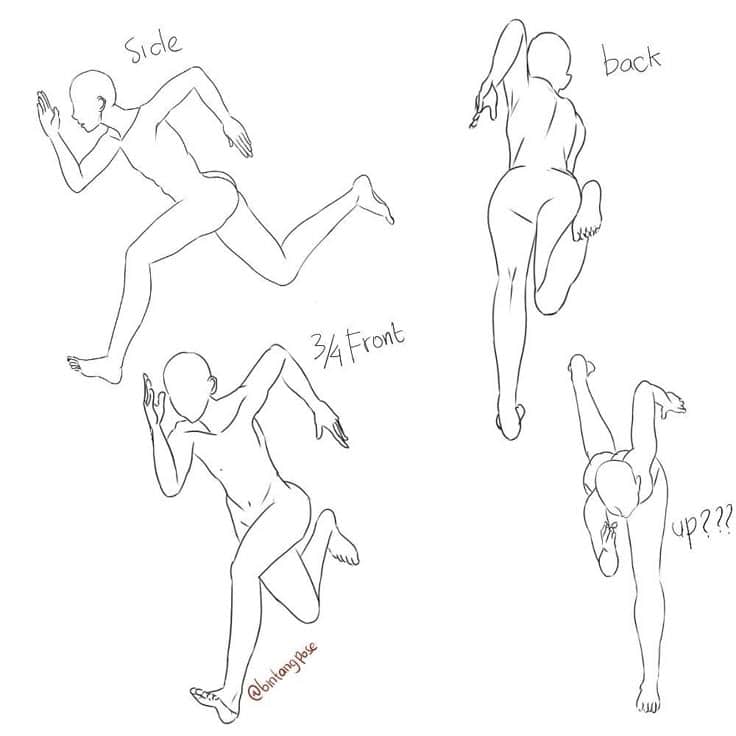
Artists often look for inspiration from photos, videos, and real-life movement. Watching people jump in sports, dance, or even simple play can help capture natural poses.
Using reference images makes it easier to understand how the body looks in mid-air. Websites like Unsplash and Pinterest offer free photos to study. Videos slow down the motion, showing details not visible in photos.
Practice helps improve jumping poses. Sketching quick studies from references trains the eye to see correct body angles and muscle tension.
Here are some useful resources:
| Resource Type | Examples | Benefits |
|---|---|---|
| Photo Libraries | Unsplash, Pexels | Free images, varied styles |
| Video Platforms | YouTube, Vimeo | Slow motion for clear views |
| Art Tutorials | Proko, Drawspace | Step-by-step drawing guides |
Using pose apps like Easy Pose or Magic Poser can help artists set up virtual models. They offer control over body parts and lighting, useful for custom references.
Regular practice with these tools improves an artist’s ability to create realistic and dynamic jumping poses. Keeping references handy speeds up the work process and strengthens visual memory.
- 1.7Kshares
- Facebook0
- Pinterest1.7K
- Twitter0
